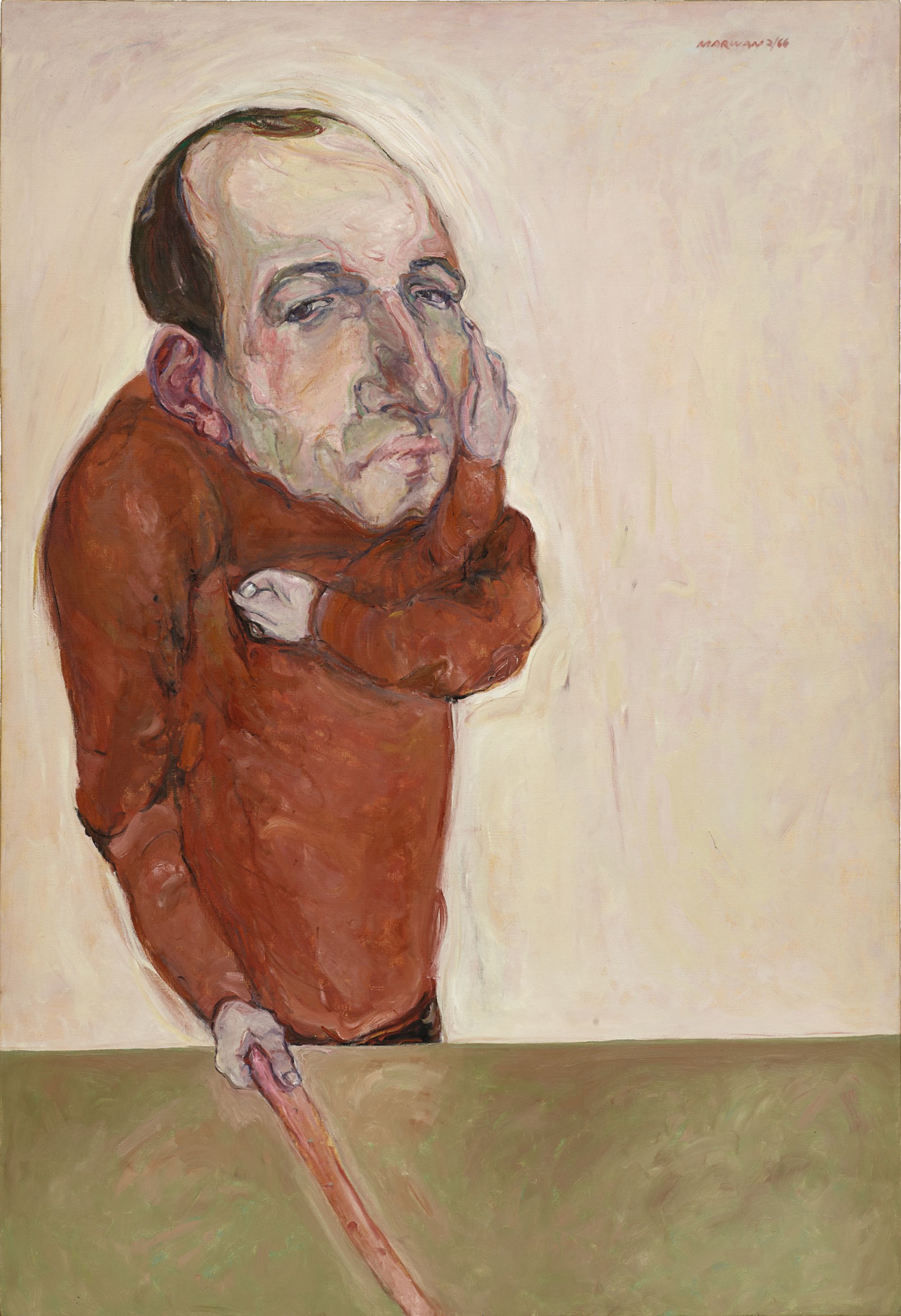The Syrian artist Marwan Kassab-Bachi died on 23 October, aged 82. Marwan, as he is best known, was famous for his figurative oil paintings, particularly focusing on the human face. Marwan moved to Germany in 1957, where he remained until his death, and his work was heavily influenced by the memories of his home country as well as the European painting styles in which he was trained. “Marwan has been instrumental in bridging the art worlds of the Middle East and Europe,” says Sultan Sooud Al-Qassemi, the founder of the Sharjah-based Barjeel Art Foundation, which owns several works by the artist.
After studying Arabic literature at Damascus University from 1955 to 1957, Marwan began his practice by painting landscapes and portraits in his home country. In Germany, he trained under Hann Trier at the Hochschule für Bildende Künste in Berlin. From the early 1970s, Marwan increasingly focused on the face until it became his main subject matter. Often described as “face landscapes”, his later paintings were created by layering several faces on top of one another, aiming to capture the emotions of his subjects. “Marwan had the gift of capturing people’s souls,” Al-Qassemi says. “In a way he drew people inside out. No one had ever attempted to draw faces as landscapes the way Marwan did.”

Marwan’s works are in international collections, including those of the British Museum in London, the Bibliothèque Nationale de France in Paris, the German national museums in Berlin, the Guggenheim Abu Dhabi, Mathaf: Arab Museum of Modern Art in Qatar and the Carnegie Museum of Art in Pittsburgh. In his final years, Marwan had solo shows at Serralves Museum in Portugal (2014), Maraya Art Centre in Sharjah (2014) and The Mosaic Rooms in London (2015), which was both his last exhibition and his first in the UK. “It was an absolute honour and privilege to present Marwan’s incredible oeuvre,” says Rachael Jarvis, the director of The Mosaic Rooms. “He was a truly inspirational artist, with a prolific practice and an enduring commitment to exploring the human face as a form through which he could communicate the depth of human experience.”

